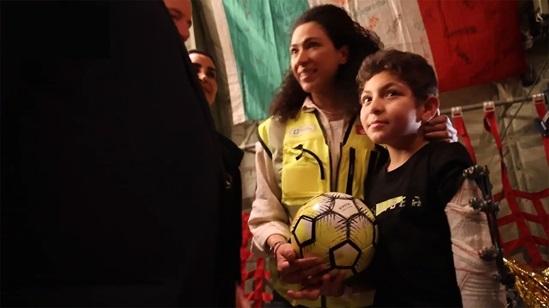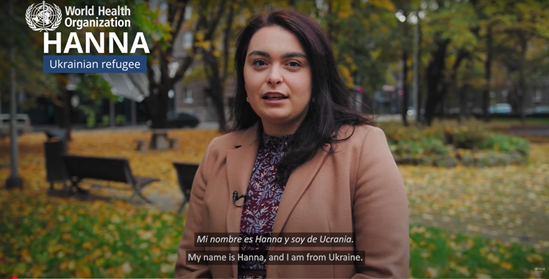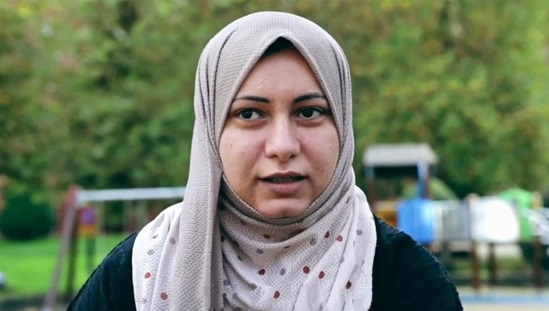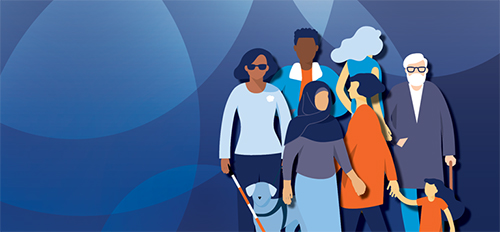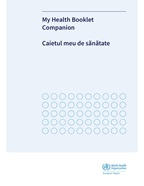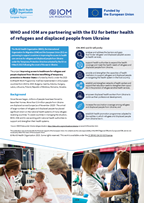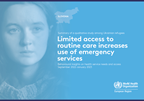Refugee and migrant health
Migration has been, and will continue to be, a fundamental and growing aspect of our societies, influencing the health and development of both migrant and host communities. An estimated 101 million migrants, including 12.5 million refugees, live in the WHO European Region, including in the countries of central Asia. Refugees and migrants make up more than 13% of the people in those areas.
Refugees and migrants are likely to be healthy in general. However, they can be at risk of ill health in transit, or in destination countries, due to poor living conditions and changes in lifestyle or a lack of access to health and other essential services. They often experience conditions which contribute to poor health including:
- restrictive migration policies
- economic hardship
- discrimination.
They can face many challenges when accessing health services, such as:
- partial or unclear entitlements
- limited access
- lack of interpreters and cultural mediators
- fewer financial resources.
These barriers need to be lowered to build inclusive, people-centred health systems. Political and social structures must respond to the challenges of population movement and displacement to attain universal health coverage for all, no matter where you come from.
Globally, an estimated 281 million people live outside their country of origin, which is more than 1 in 30 people. The WHO European Region hosts approximately 36% of the global international migrant population, the largest share of people living outside their country of origin.
One in 8 people is a refugee or migrant in the WHO European Region. An estimated 101 million migrants, including 12.5 million refugees, live in the Region, making up 13% of the total population.
WHO/Europe delivers its mission of achieving better health for refugees and migrants in the Region by providing:
- health leadership and governance mechanisms to facilitate health sector reforms;
- latest international evidence and know-how;
- technical advice and support to countries;
- technical guidance;
- capacity-building;
- communications and advocacy; and
- a focal point network for tri-regional collaboration with WHO Regional Offices for Africa and the Eastern Mediterranean.





.tmb-479v.jpg?sfvrsn=df68cbe2_1)
